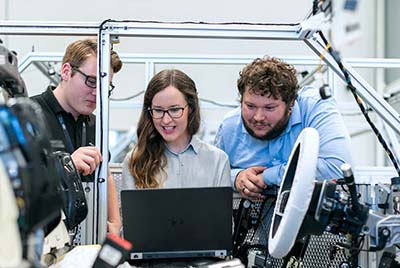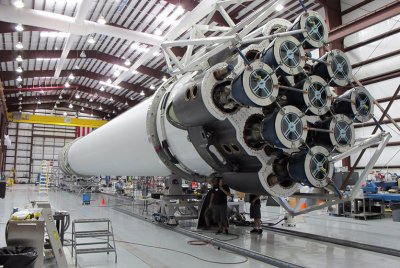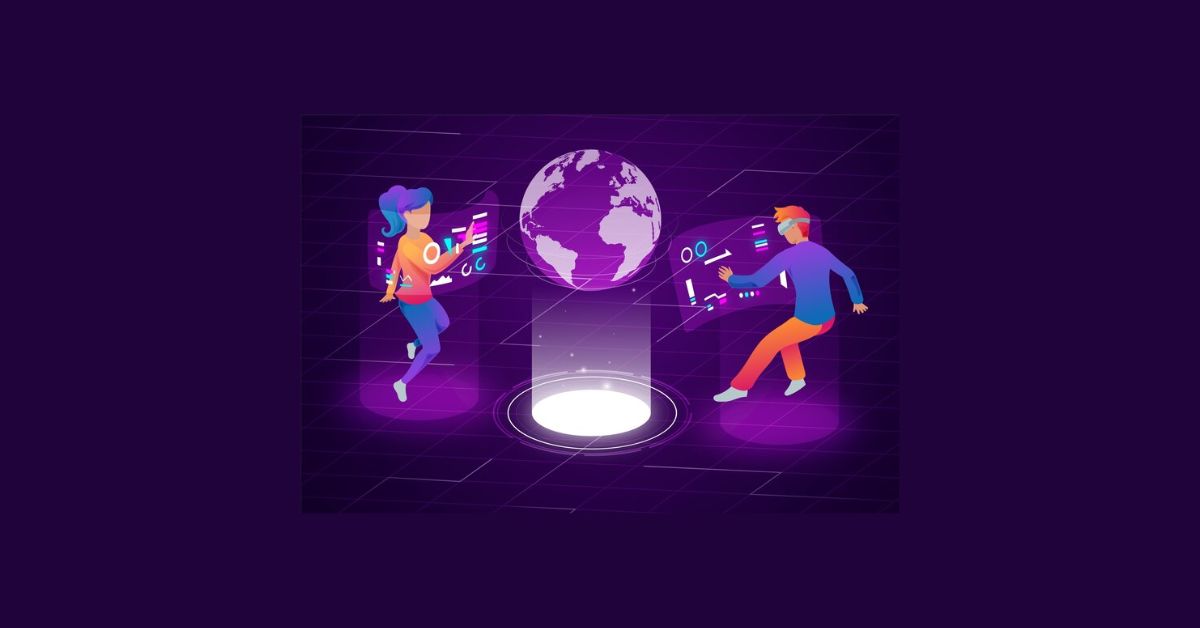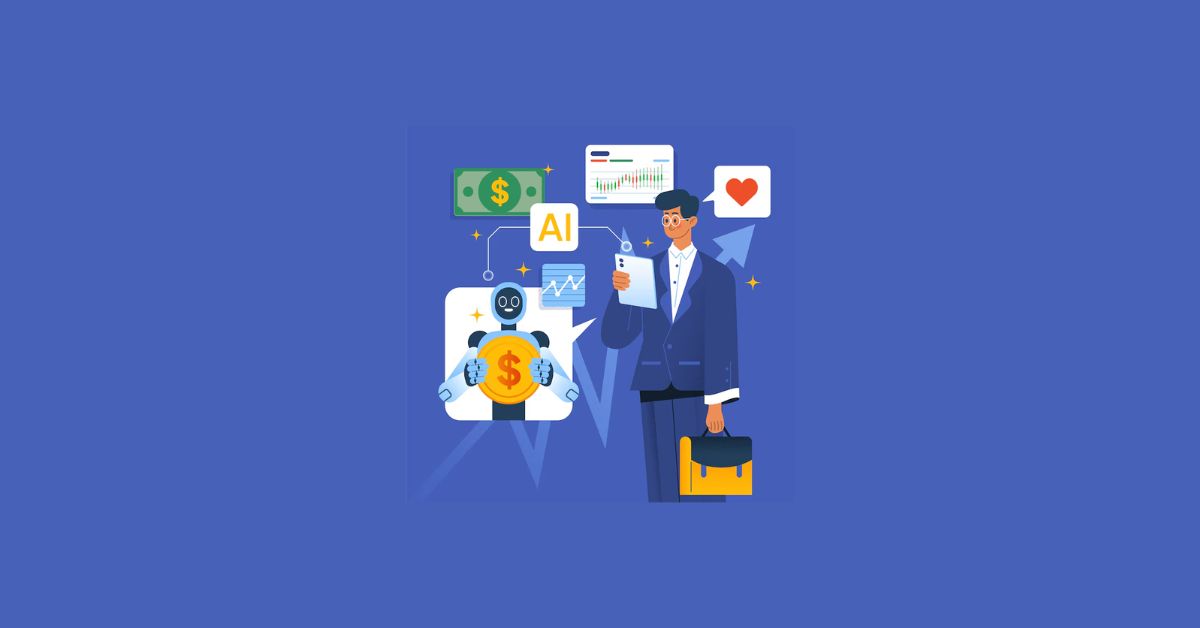Despite all the challenging overall market conditions in 2023, continuing to invest in frontier technology promises substantial future growth in enterprise adoption. Generative artificial intelligence, or “gen AI,” has been receiving a lot of attention and funding since 2022. Innovative opportunities have been created by this technology in other related sectors, such as robotics and virtual reality. Although hiring and equity capital investment have been impacted by the macroeconomic climate with higher interest rates, underlying indicators—such as optimism, innovation, and longer-term talent needs—indicate that the top 10 technology trends we examined have a favorable long-term trajectory.
- Next Decade Technology Trends
– AI Technology
– Blockchain Technology
– IoT (Internet of Things) Technology
– Cybersecurity Innovations
– Virtual Reality (VR) and Augmented Reality (AR)
– Quantum Computing
– 5G Technology
– Biotechnology and Genomics
– Renewable Energy and Sustainability
– Drones and Driverless Vehicles - Future Of IT Technology
- Conclusion
Next Decade Technology Trends
AI Technology
One of the best and top technologies that has currently created wonders. Generative AI refers to algorithms (like Chat GPT) that generate new content, including voice, code, images, text, simulations, and videos, using unstructured data as input (like natural language and photos). It may create new material in a variety of formats by drawing on unstructured mixed-modality data sets to automate, enhance, and speed up work. AI Development Services play a crucial role in this, offering expertise in creating and implementing these advanced systems. A rapidly emerging ecosystem of hardware and software solutions that enable the derisking and acceleration of machine learning solution creation, implementation, and maintenance is included in the trend of industrializing machine learning.
Blockchain Technology
By promoting equality, security, and transparency, transformative technologies like blockchain and decentralized finance (DeFi) are changing the financial landscape. At its core, blockchain is a distributed ledger system that ensures data integrity through decentralized consensus procedures, and benefits of blockchain technology such as enhanced security, reduced fraud, and greater transparency. A Blockchain Development Company can help organizations leverage these benefits by creating customized blockchain solutions tailored to their needs. When every transaction is recorded in a block and linked to the one before it, an immutable and transparent chain of records is produced. By eliminating the need for middlemen, this reduces costs and expedites transactions. Using blockchain technology, DeFi has created an open and permissionless banking system. Traditional financial services like lending, borrowing, trading, and investing can be done on decentralized platforms without relying on centralized institutions like banks. Smart contracts, which are self-executing contracts with terms embedded directly into the code, are primarily relied upon by DeFi.
IoT (Internet of Things) Technology
The Internet of Things (IoT) and edge computing, two cutting-edge technologies, are transforming how we use and interact with data in our daily lives and across sectors. The Internet of Things, or IoT, is a network of interconnected items that collect, share, and analyze data using software, embedded sensors, and other technologies. These devices range from basic household appliances like smart thermostats and wearable fitness trackers to complex industrial equipment and smart city infrastructure. Massive amounts of data from the real world may be collected thanks to the Internet of Things (IoT), which provides insights that can improve decision-making, efficiency, and process optimization. For example, IoT devices may automate lighting, heating, and security in smart homes, improving energy efficiency and convenience for homeowners. In industrial settings, industrial machinery can be monitored using IoT.
Cybersecurity Innovations
As cyber threats grow more sophisticated and pervasive, cybersecurity innovations are essential to fending off their ever-changing assortment. As digital transformation permeates many industries, creative approaches and solutions are crucial for protecting networks, maintaining the integrity of digital infrastructures, and safeguarding sensitive data. This is a comprehensive analysis of the latest trends and advancements in cybersecurity.
Virtual Reality (VR) and Augmented Reality (AR)
Immersion technologies like VR and AR are changing how we engage with both the physical world and digital content. Even though they are often discussed together, they offer distinct experiences and have a variety of uses in a variety of sectors. Our perception of reality is enhanced by augmented reality (AR), which overlays digital data on top of the physical world. With the use of AR glasses, tablets, and smartphones, users may see and interact with virtual objects superimposed on their real-world surroundings. Key attributes and applications of augmented reality.
Quantum Computing
Quantum computing is a cutting-edge area that makes use of concepts from quantum physics to do computations that are significantly more complex than those that can be done on conventional computers. The fundamental components of quantum computing are known as qubits, or quantum bits, which differ greatly from conventional bits. Unlike conventional bits, which can only be either 0 or 1, qubits can exist in a state of superposition, where they simultaneously represent 0 and 1. Because of their special ability, quantum computers can process and analyze large volumes of data at once, considerably increasing their processing capability for certain types of jobs. Another crucial element of quantum computing is entanglement, which is the phenomenon wherein qubits become entangled to the point where the state of one directly influences the state of another, independent of their distance from one another.
5G Technology
5G, one of the best technologies and a groundbreaking development in wireless communication technology, and its progeny are anticipated to fundamentally alter how we connect, interact, and communicate with the world around us. More capacity, lower latency, and quicker speeds than any of its predecessors characterize the fifth generation, or 5G, of cellular networks. Numerous applications and services that were before impractical or unimaginable are made possible by these features. Mobility technologies include electric and autonomous vehicles, urban air mobility, and autonomous-driving, connected, electrified, and shared-mobility (ACES) technologies. Mobility technologies aim to improve the efficiency and sustainability of land and air transportation.
Biotechnology and Genomics
By harnessing the power of genetic data and biological systems, these fields of study are rapidly advancing and revolutionizing a wide range of industries, including agriculture, health, and many more. These professions employ our understanding of DNA, genes, and cellular processes to offer fresh solutions to some of the most significant issues confronting humanity. Biotechnology is the use of living beings or their parts to create products and technologies that improve the quality of human life. Among the many techniques and uses in this broad field are cell culture, genetic engineering, and bioprocessing.
Renewable Energy and Sustainability
These two factors are crucial for addressing the world’s problems with resource depletion, environmental degradation, and climate change. Energy transition from fossil fuels to renewable energy sources is essential for energy security, sustainable development, and greenhouse gas emission reduction. This paragraph goes into length on the key concepts, advancements, and uses of sustainability and renewable energy. Renewable energy sources originate from infinitely replenishable natural processes. Unlike fossil fuels, which are scarce and degrade the environment, renewable energy sources don’t harm the environment and are environmentally beneficial.
Drones and Driverless Vehicles
These two cutting-edge advances in transportation and technology have the power to drastically alter a variety of businesses. These technologies provide significant improvements in ease, safety, and efficiency and can operate with minimal human help because of the utilization of robots, artificial intelligence, and sensor systems. With the use of advanced sensors, cameras, radar, and LIDAR (Light Detection and Ranging) systems, autonomous vehicles, sometimes known as self-driving cars, can navigate and make choices without the need for human intervention.
Partner with GrapesTech Solutions to harness the power of tomorrow’s technology trends today!
Future Of IT Technology
The cybersecurity industry is always evolving to meet new threats and challenges. Advances in artificial intelligence, blockchain technology, and quantum computing are likely to be the driving drivers behind the creation of the next generation of cybersecurity solutions. For cybersecurity strategies to remain effective against more complex threats and adapt to novel attack vectors, they must stay up to date with technical developments. In conclusion, strengthening cybersecurity is essential to safeguarding digital assets and maintaining the integrity of information networks. Advanced threat detection, next-generation firewalls, zero-trust architecture, safe development practices, and data protection technologies are all essential components of a comprehensive cybersecurity plan. It takes ongoing innovation and adaptation to keep ahead of evolving threats and to ensure robust protection in an increasingly digital environment.
Conclusion
Advances in artificial intelligence and machine learning will make robots more effective and efficient because they will allow them to learn from and adapt to new settings. In addition to robotics, it’s predicted that, over the next ten years, virtual and augmented reality will likewise become more and more integrated into our everyday lives. Not only are technological advancements in augmented and virtual reality, blockchain, artificial intelligence, machine learning, Internet of Things, quantum computing, and 5G latest technology trends altering existing business models, but they are also opening doors to entirely new industries and business models.















